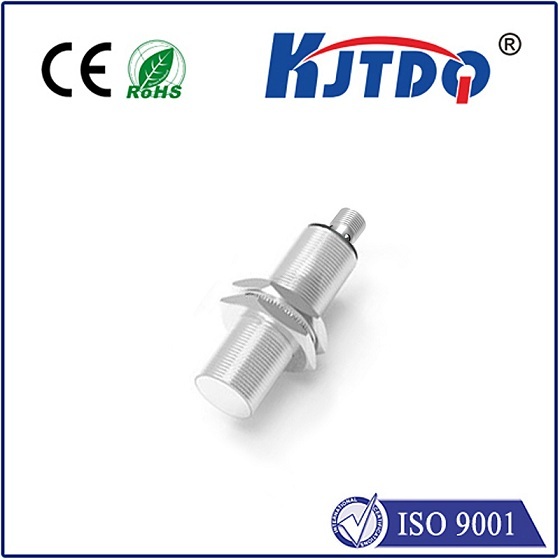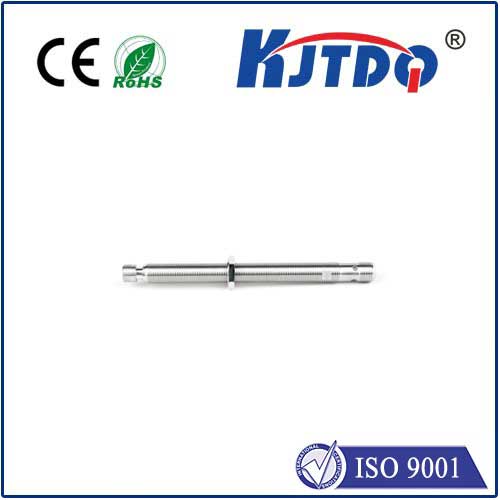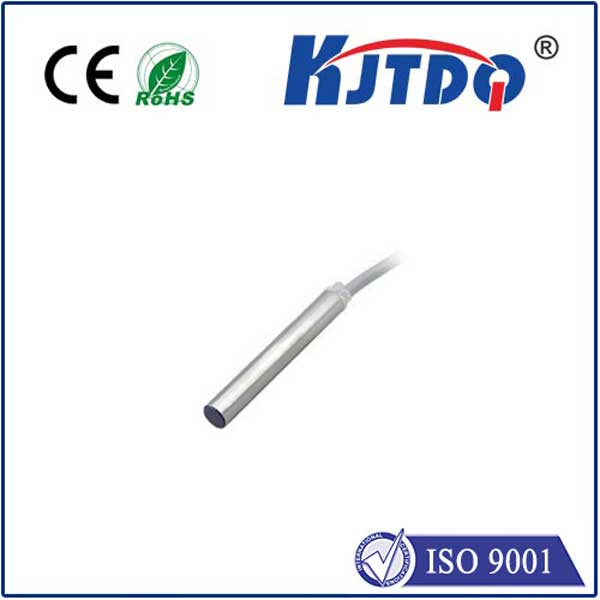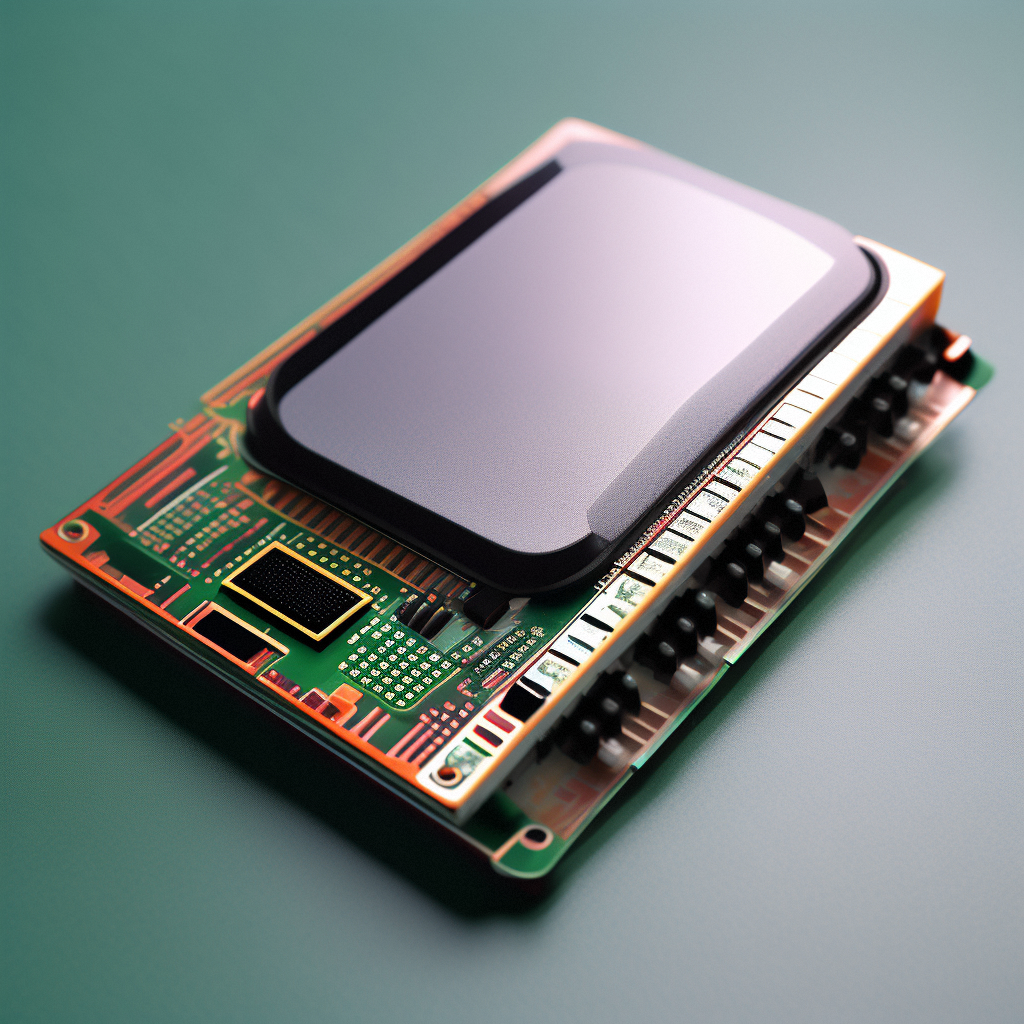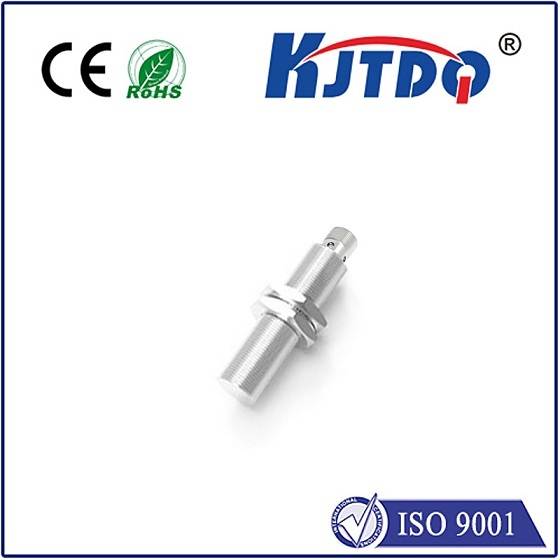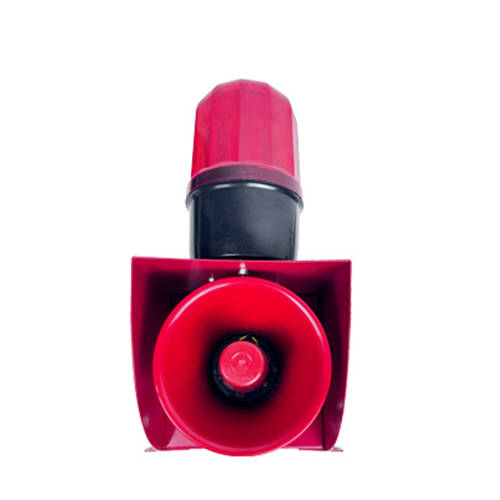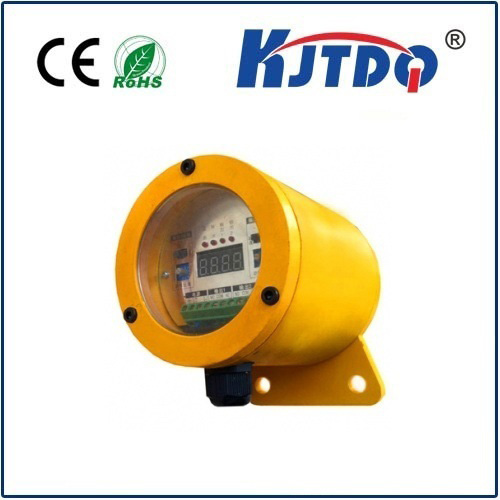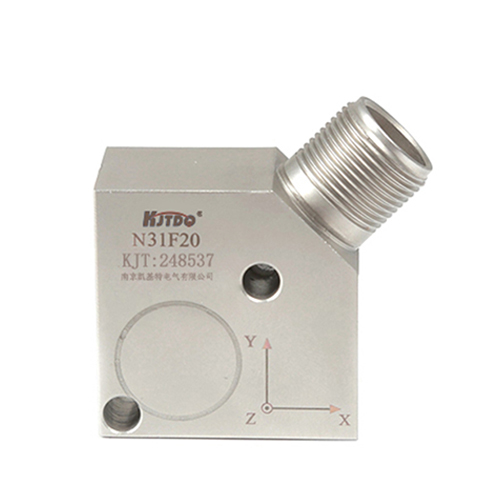Photodiode Laser Measurement: The Key to High-Precision Optical Sensing In an era where nanosecond-level accuracy and micrometer-scale resolution define technological progress, photodiode laser measurement stands as a cornerstone of modern optical innovation. From semiconductor manufacturing to biomedical imaging, the ability to capture and interpret laser signals with unparalleled precision has transformed industries. At the heart of this revolution lies the photodiode—a compact yet powerful device that converts light into electrical signals with extraordinary efficiency. This article explores how photodiode-based systems are redefining laser measurement, their unique advantages, and their growing role in cutting-edge applications.
Photodiodes operate on the principle of the photovoltaic effect, where incident photons generate electron-hole pairs in a semiconductor material. When integrated into laser measurement systems, these devices act as ultra-responsive detectors capable of tracking even faint laser pulses. Unlike traditional sensors, silicon avalanche photodiodes (APDs) and InGaAs photodiodes offer enhanced sensitivity across specific wavelength ranges, making them ideal for applications like LIDAR and spectroscopy. A critical advantage of photodiodes is their linear response to light intensity. This property ensures that the output current directly correlates with the incoming laser power, enabling precise quantification of parameters such as beam intensity, pulse duration, and modulation frequency. For instance, in fiber-optic communications, photodiodes decode laser signals at speeds exceeding 100 Gbps, maintaining data integrity over vast distances.
In laser welding and cutting, photodiode sensors monitor beam quality in real time, detecting deviations as small as 0.1% in power output. This prevents defects in automotive battery cells and aerospace components, saving millions in recall costs.

Optical coherence tomography (OCT) systems rely on photodiodes to capture backscattered laser light from biological tissues. Recent advancements have enabled 10x faster imaging speeds, aiding early detection of retinal diseases and cancerous lesions.
LIDAR systems equipped with APDs measure atmospheric particulates and greenhouse gas concentrations with parts-per-billion sensitivity. NASA’s EarthCARE mission, launching in 2024, will use such technology to map global aerosol distributions.
While photodiodes excel in many areas, they face limitations. Temperature fluctuations, for example, can alter responsivity. To address this, engineers now embed thermoelectric coolers (TECs) within sensor modules, stabilizing performance across -40°C to 85°C. Another hurdle is saturation—when intense laser pulses overwhelm the diode’s dynamic range. Innovations like adaptive gain control automatically adjust sensitivity, allowing single systems to handle both weak biomedical signals and high-power industrial lasers.
Emerging trends point to photodiodes breaking the quantum noise barrier. Researchers at MIT recently demonstrated superconducting nanowire photodiodes capable of detecting individual photons at near-infrared wavelengths. Such progress could revolutionize quantum computing and ultra-secure communication networks. Meanwhile, the integration of AI-driven calibration tools is simplifying photodiode deployment. Autonomous systems now self-optimize alignment and focus, reducing setup time from hours to minutes.
From ensuring the safety of autonomous vehicles to unlocking secrets of the cosmos, photodiode laser measurement continues to push the boundaries of what’s optically measurable. As materials science and AI converge, these unassuming devices will remain indispensable in humanity’s quest for precision—one photon at a time.
